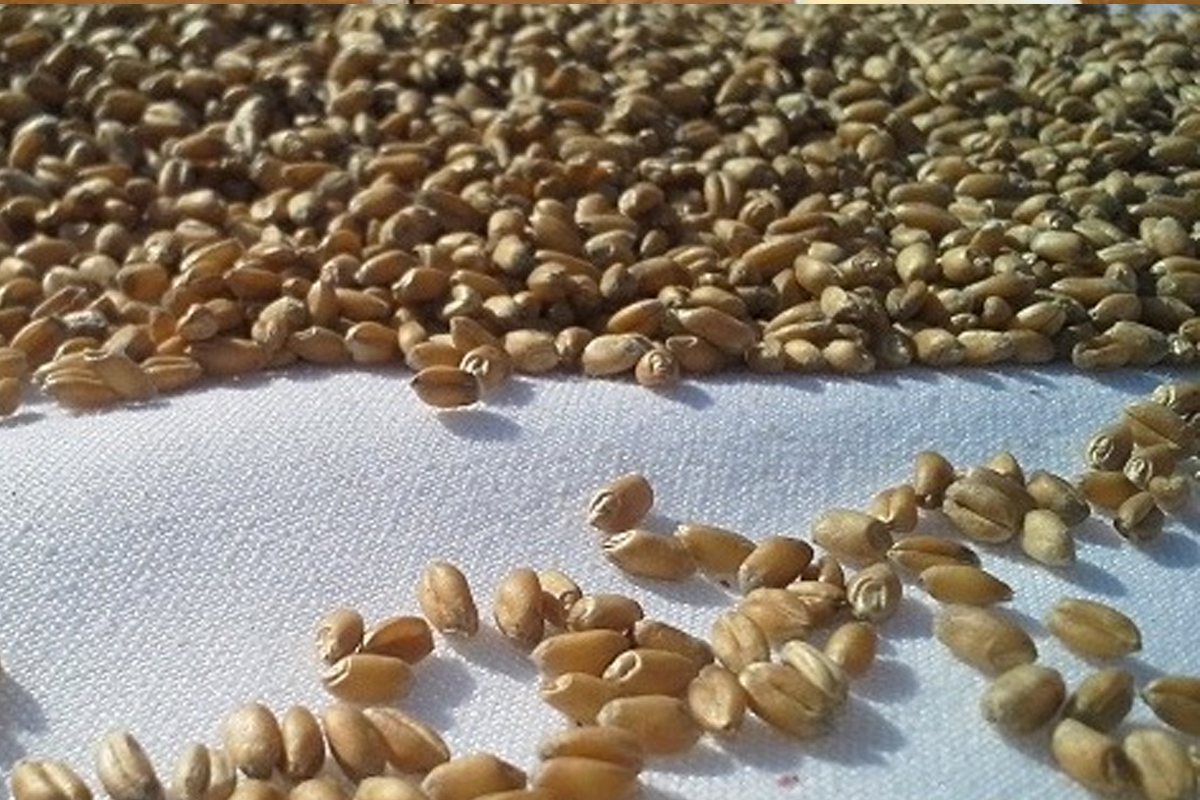
A man named David, a ship in Glasgow, a dropped hat and an ox – what can they all possibly have to do with this sign and Peterborough County?
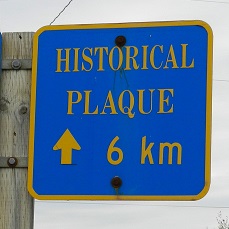
Drive across Highway 7 east of Peterborough and you’ll see these blue signs sending you south on Heritage Line toward Keene.
What happens if you follow them? We decided to find out! A few kilometers south of 7 along the scenic, hilly road past several farms, then a left onto Lang Road and you’ll arrive at the official Historical Plaque erected by Historic Sites and Monuments Board of Canada honouring Red Fife Wheat.
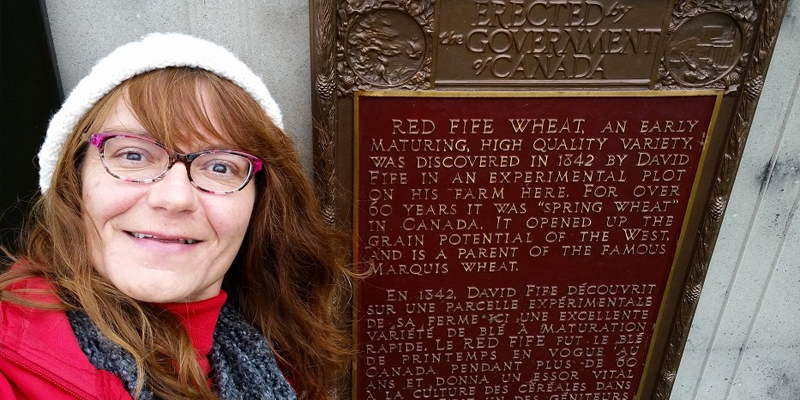
With the beautiful historic mill and Lang Pioneer Village Museum in the background we learn this was the home of Scottish-born farmer David Fife and, the now pretty famous, Red Fife Wheat – named for Fife, of course, and the red colour of the kernels.
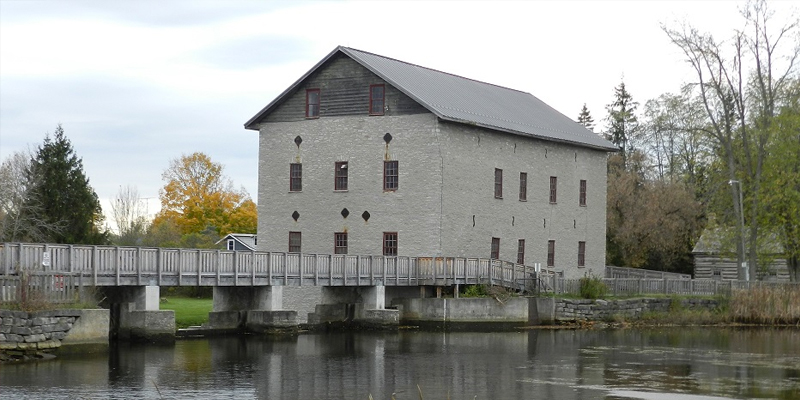
Now how are Glasgow and a dropped hat connected?
While some of the actual story may have been creatively embellished over the past 173 years (or so), one of the theories of the discovery of this wheat goes like this: A friend of Fife’s in Glasgow dropped his hat on a pile of wheat from what is now Gdansk, Poland. A few kernels stuck in his hat band and knowing his farmer friend in Canada was looking to grow wheat he shipped these to David Fife. It arrived in time for spring planting so Fife planted the wheat at his farm in Otonabee (just north of Keene) by the Indian River in 1842. Legend says the first crop of just a few stems was almost decimated by the family ox who was evidently hankering for a snack but David’s wife, Jane, rescued just enough of the wheat kernels to plant another crop and the tradition of Red Fife wheat was born.
What’s so special about this wheat? Red Fife wheat adapts to both spring and fall planting (while most strains only thrive when planted in either spring or fall) and was a rust-resistant plant that fared well in the Canadian climate. A particularly important revelation in the western provinces. It’s known as a landrace wheat which means it adapts to each farm and climate and can taste different depending on where it’s grown.
Red Fife was the favoured spring wheat for over 60 years until the early 1900s when other hybrids that were more disease resistant and productive took over.
In recent years, Red Fife has made a comeback as a “heritage” grain and is now, once again, being grown across Canada. Locally, Peter Leahy of Merrylynd Organics just outside Lakefield, Ontario, grows Red Fife as a spring wheat and you can buy his wheat and flour at Peterborough area natural food stores and through the farm.
Red Fife is now particularly favoured by artisan bakers for its red colour, the nice crust it gives to bread and the robust, nutty flavour. Our favourite way to use it is mixing it half-and-half with all-purpose flour in a wheat yeast bread sweetened with honey, or mixing about one-third with all-purpose flour in biscuits.
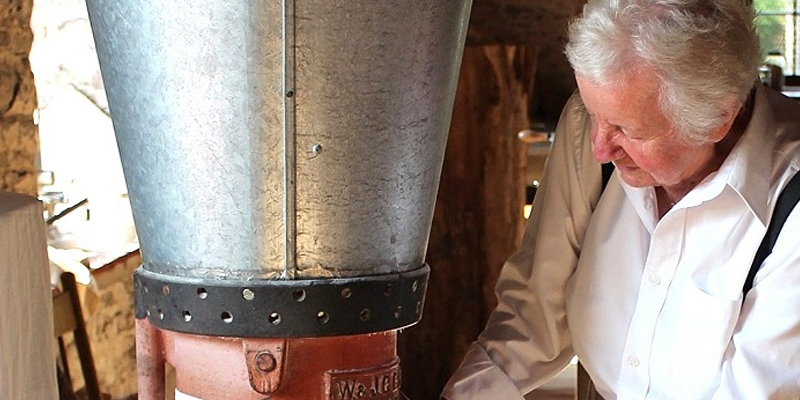
Do you want to learn more about this Peterborough history maker?
Lang Pioneer Village celebrates Red Fife Wheat and David & Jane Fife’s story
For more information visit their website.
